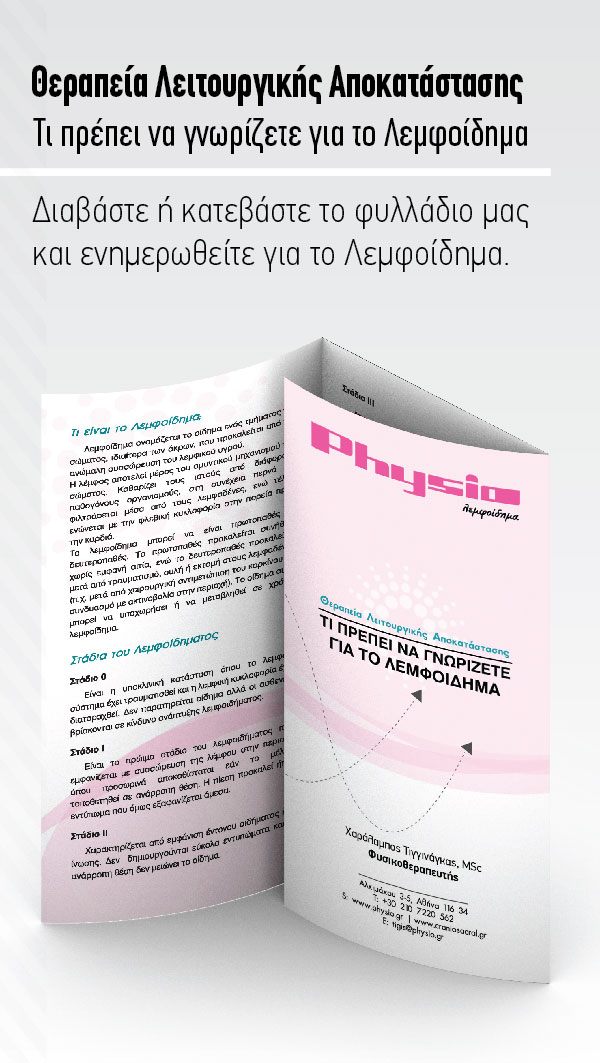Lymphatic system: Facts & Functions
The lymphatic system is a network of tissues and organs that runs throughout the body. Primarily consists of lymph vessels, lymph nodes and lymph. The tonsils, adenoids, spleen and thymus are all part of the lymphatic system. The lymphatic system is like the blood circulation - the tubes (vessels) branch through all parts of the body like the arteries and veins that carry blood.
 But the lymphatic system tubes are much finer and carry a colourless liquid called lymph. There are 600 to 700 lymph nodes in the human body that filter the lymph before it returns to the circulatory system. You can probably feel some of your lymph nodes. There are lymph nodes in many parts of your body including: Under the arms, in armpits, in each groin (at the top of your legs), in neck. There are also lymph nodes that you cannot feel in abdomen, pelvis, chest. There are two drainage areas that make up the lymphatic system. The right drainage area handles the right arm and chest. The left drainage area clears all of the other areas of the body, including both legs, the lower trunk, the upper left portion of the chest, and the left arm. The lymphatic system does several jobs in the body. It drains fluid back into the bloodstream from the tissues, filters lymph & the blood, fights infections Diseases of Lymphatic system:
But the lymphatic system tubes are much finer and carry a colourless liquid called lymph. There are 600 to 700 lymph nodes in the human body that filter the lymph before it returns to the circulatory system. You can probably feel some of your lymph nodes. There are lymph nodes in many parts of your body including: Under the arms, in armpits, in each groin (at the top of your legs), in neck. There are also lymph nodes that you cannot feel in abdomen, pelvis, chest. There are two drainage areas that make up the lymphatic system. The right drainage area handles the right arm and chest. The left drainage area clears all of the other areas of the body, including both legs, the lower trunk, the upper left portion of the chest, and the left arm. The lymphatic system does several jobs in the body. It drains fluid back into the bloodstream from the tissues, filters lymph & the blood, fights infections Diseases of Lymphatic system:
The lymphatic system clears away infection and keeps your body fluids in balance. If it's not working properly, fluid builds in your tissues and causes swelling, called lymphedema. Lymphedema is a chronic swelling of the limbs caused by the accumulation of lymph fluid that occurs if the lymphatic system is damaged or not functioning properly. Many develop the disorder following cancer therapy — particularly breast cancer where the lymph nodes under the arms are removed — recurrent infections, injuries or vascular surgery. Hodgkin's lymphoma is a type of cancer that typically occurs when the white blood cells in the body become diseased or damaged. In elephantiasis, infection of the lymphatic vessels causes a thickening of the skin and enlargement of underlying tissues. Lymphangiosarcoma is a malignant soft-tissue tumor. The disorder of Lymphedema is lifelong.
What are the signs of lymph problems?
Lymph symptoms occur when your lymphatic system becomes inflamed, blocked or damaged. A lymphatic obstruction prevents lymphatic vessels from effectively draining fluids from the tissues in the body. There are two types of lymphedema: primary and secondary.
Types of lymphedema:
PRIMARY - from birth or developed later in life
- Birth - developmental abnormality of the lymphatic system
- women more prone than men, legs affected more than arms
- lymphatic vessels are impaired or missing
- Praecox - appears in puberty and occurs mostly in females; typically one leg is affected
- Tarda - appears later in life, can be male or female, sudden onset swelling with no apparent cause
SECONDARY - lymph nodes were removed or lymph vessels damaged due to one or more of the following
- Surgery and/or radiation treatment of breast, gynecological, head, neck, prostate, testicular, bladder, colon CA or melanomas
- Trauma, injury, or accident resulting in blocked/damaged lymph system
- Infections - interrupt normal lymph pathway function
Lymphedema may be caused by:
Infections such as chronic cellulites, trauma, tumors, certain surgeries (for cancers such as breast or testicular), blood vessel repair, radiation treatment
What to Expect?
Lymphedema may start 6 - 8 weeks after surgery or after radiation treatment for cancer. It can also start very slowly after your cancer treatment is over. You may not notice symptoms until 18 - 24 months after treatment. Sometimes it can take years to develop. Even a small infection or injury can cause lymphedema to start.
How do we treat lymphedema?
- One-on-one, hands-on, lasts 45-60 min in comfortable private treatment rooms
- Soft Tissue Mobilization, lymphatic drainage, scar mobilization
- Therapeutic exercises, including range of motion, stretching, and strengthening
- Patient education to maintain decreased edema, posture re-education, body mechanics, skin care
- Compression bandaging and garments
Goals:
- Increased range of motion/flexibility
- Decreased swelling
- Decreased pain
- Increased strength
- Restore function and improve quality of life
All lymphedema therapists must be fully certified, experienced and qualified to treat all types of lymphedema.
Bibliography
“Lymphedema- Diagnosis and Therapy”, Horst Weissleder and Christian Schuchhardt
“Theory and Practice of Lymph Drainage Therapy”, Bruno Chikly.
Τελευταία άρθρα
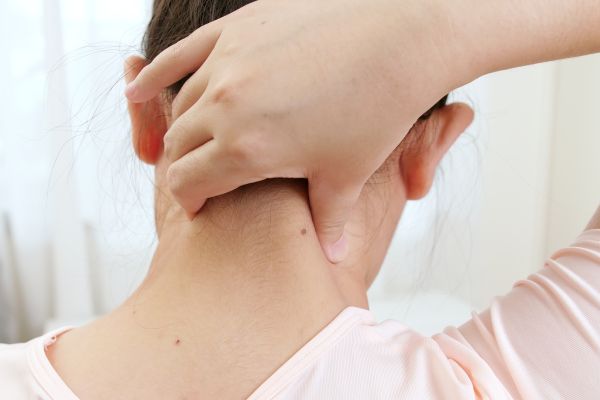
ΧΕΙΡΟΘΕΡΑΠΕΙΑ vs ΗΛΕΚΤΡΟΘΕΡΑΠΕΙΑ ΣΤΟΝ ΑΥΧΕΝΙΚΟ ΠΟΝΟ
Ποια θεραπευτική προσέγγιση προσφέρει την πιο αποτελεσματική και τεκμηριωμένη παρέμβαση στην αντιμετώπιση του αυχενικού πόνου;
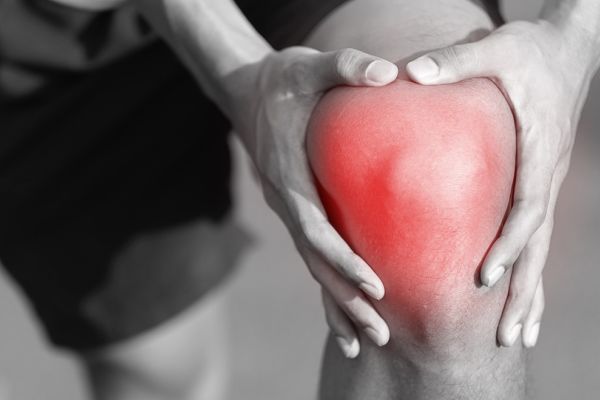
ΕΞΑΡΘΡΩΣΗ ΚΝΗΜΟΠΕΡΟΝΙΑΙΑΣ ΑΡΘΡΩΣΗΣ
Η κνημοπερονιαία εξάρθρωση απαιτεί έγκαιρη διάγνωση και πρόγραμμα εξατομικευμένης αποκατάστασης για την λειτουργική επαναφορά τής άρθρωσης.

STRESS: Η ΣΙΩΠΗΛΗ ΕΠΙΔΗΜΙΑ ΤΗΣ ΕΠΟΧΗΣ ΜΑΣ
Το στρες αναδεικνύεται σε πολύπλευρη απειλή που διαβρώνει υγεία, ισορροπία και ποιότητα ζωής του σύγχρονου ανθρώπου.
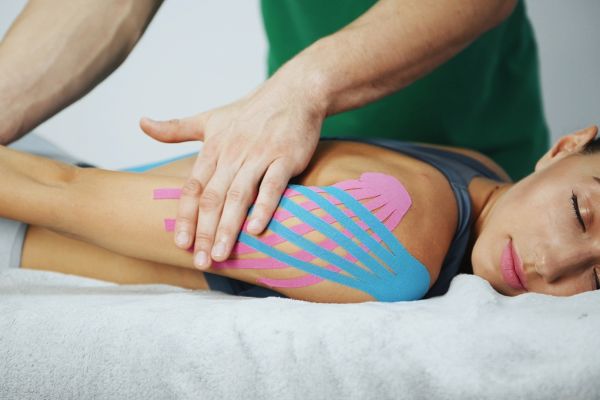
ΑΜΜΕΣΗ ΠΡΟΣΒΑΣΗ ΣΤΗ ΦΥΣΙΚΟΘΕΡΑΠΕΙΑ – ΑΣΦΑΛΕΙΑ, ΑΠΟΤΕΛΕΣΜΑΤΙΚΟΤΗΤΑ ΚΑΙ ΘΕΣΜΙΚΕΣ ΠΡΟΫΠΟΘΕΣΕΙΣ
Η άμεση πρόσβαση στη φυσικοθεραπεία μπορεί να προσφέρει ασφαλή και ιδιαίτερα αποτελεσματική φροντίδα, ενισχύοντας την ποιότητα και την αποδοτικότητα των συστημάτων υγείας, ή εμπεριέχει κινδύνους για τους ασθενείς;

Η ΠΑΓΙΔΑ ΤΗΣ ΑΝΑΚΡΙΒΟΥΣ ΑΝΤΙΛΗΨΗΣ ΤΟΥ ΧΡΟΝΙΟΥ ΠΟΝΟΥ
Ο χρόνιος πόνος δεν αντικατοπτρίζει πάντα βλάβη ιστού, αλλά αφορά μια δυναμική κατάσταση με σύνθετους νευρολογικούς, ψυχολογικούς και κοινωνιολογικούς μηχανισμούς που απαιτούν κατανόηση και ολιστική προσέγγιση.
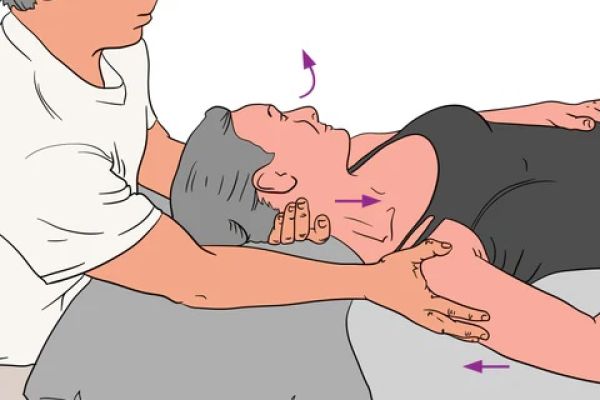
MANUAL ALIGNMENT THERAPY: ΜΙΑ ΟΛΙΣΤΙΚΗ ΘΕΡΑΠΕΥΤΙΚΗ ΠΡΟΣΕΓΓΙΣΗ
Ολιστική μέθοδος που αποκαθιστά τη σωστή ευθυγράμμιση του σώματος, μειώνοντας τον πόνο και βελτιώνοντας τη λειτουργικότητα μέσω χειροθεραπείας και εξατομικευμένων ασκήσεων.

ΙΣΧΙΑΛΓΙΑ: ΣΥΓΧΡΟΝΕΣ ΚΑΤΕΥΘΥΝΤΗΡΙΕΣ ΟΔΗΓΙΕΣ
Η σύγχρονη αντιμετώπιση για την ισχιαλγία δίνει έμφαση στη φυσικοθεραπεία, την ενεργό κινητοποίηση και την εκπαίδευση του ασθενούς για αποτελεσματική αποκατάσταση.

ΑΚΡΑΤΕΙΑ ΜΕΤΑ ΤΟΝ ΤΟΚΕΤΟ
Η ακράτεια μετά τον τοκετό επηρεάζει έως και μία στις τρεις γυναίκες, και συχνά παραμένει αδιάγνωστη λόγω ντροπής ή ελλιπούς ενημέρωσης.
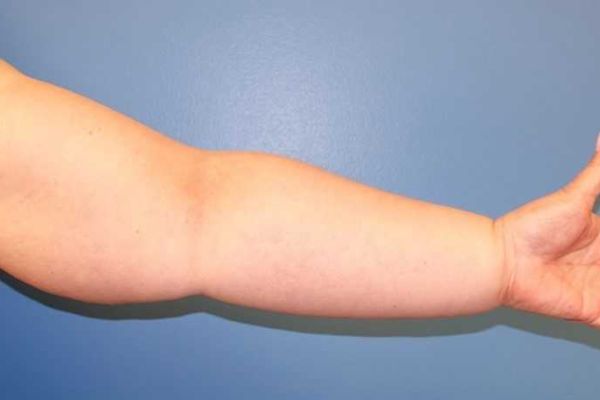
ΘΕΡΑΠΕΙΑ ΤΟΥ ΔΕΥΤΕΡΟΠΑΘΟΥΣ ΛΕΜΦΟΙΔΗΜΑΤΟΣ ΜΕΤΑ ΑΠΟ ΚΑΡΚΙΝΟ ΤΟΥ ΜΑΣΤΟΥ
Το δευτεροπαθές λεμφοίδημα του άνω άκρου αποτελεί μία από τις σημαντικότερες επιπλοκές της θεραπείας του καρκίνου του μαστού, επηρεάζοντας σημαντικά την ποιότητα ζωής των γυναικών.

ΑΥΧΕΝΙΚΟΣ ΠΟΝΟΣ
Ο αυχενικός πόνος και το αίσθημα δυσκαμψίας, ή "πιασίματος" στον αυχένα είναι από τις συχνότερες αιτίες αναζήτησης ιατρικής βοήθειας στον σύγχρονο κόσμο.


